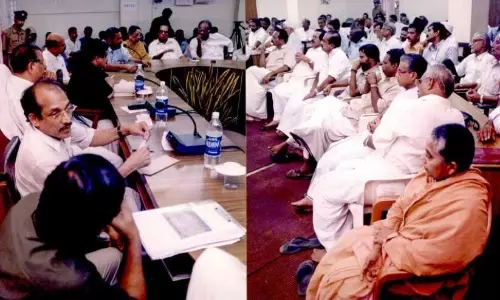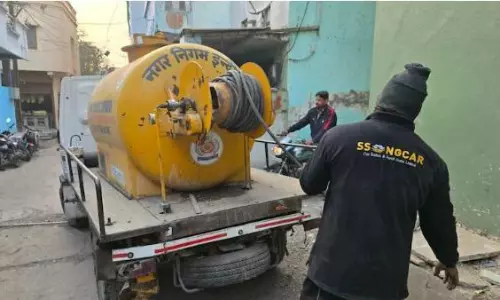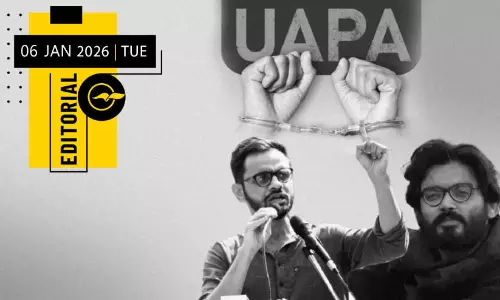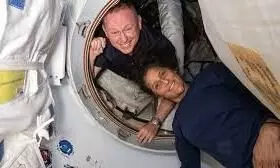
NASA prepares rescue mission for astronauts Sunita Williams and Barry Wilmore stranded on ISS
text_fieldsNASA is set to launch a critical mission on September 28 to bring home astronauts Sunita Williams and Barry Wilmore, who have been on the International Space Station (ISS) since June.
SpaceX's Crew-9 mission, part of NASA's Commercial Crew Program, will facilitate their return after complications arose with the spacecraft that brought them to the ISS.
Williams and Wilmore arrived at the ISS on June 6 aboard Boeing's Starliner spacecraft, which faced technical issues, including helium leaks and thruster malfunctions. After extensive testing, NASA determined that returning the astronauts on Starliner posed too great a risk, deciding instead to return the spacecraft uncrewed.
As a result, SpaceX's Dragon spacecraft will now be used for their return.
The Crew-9 mission will launch from Cape Canaveral Space Force Station, Florida, at 1:17 PM EDT (10:47 PM IST) on September 28. The mission will carry NASA astronaut Nick Hague and Russian cosmonaut Aleksandr Gorbunov from Roscosmos to the ISS for a five-month science mission. The Dragon spacecraft is scheduled to dock with the ISS on September 29 at 5:30 PM EDT (3:00 AM IST on September 30).
Usually, SpaceX's Crew Dragon capsules carry four astronauts, but this mission will leave two seats vacant to accommodate Williams and Wilmore. In case of an emergency evacuation before Crew-9 arrives, Williams and Wilmore will temporarily use the Crew-8 Dragon capsule currently docked at the ISS. If that happens, they will sit in temporary seats within the cargo area.
Once Crew-9 successfully docks, the emergency evacuation plan will shift, and Williams and Wilmore will return using the newly arrived spacecraft.
NASA officials expressed appreciation for the astronauts' patience during the delay. "We really appreciate how hard it is to give up a mission and wait a little bit longer," said Ken Bowersox, NASA's Associate Administrator for Space Operations.





















